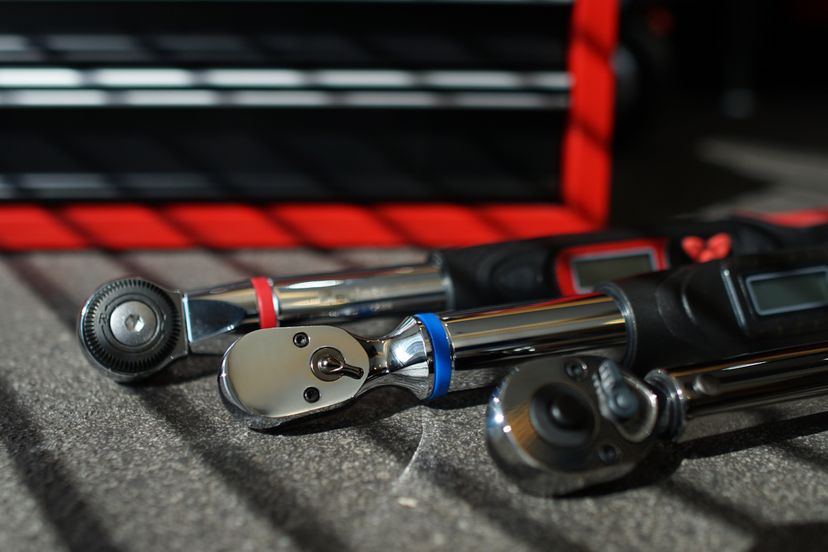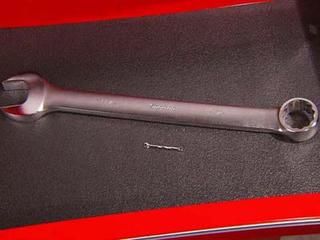Proper calibration is key to a torque wrenches usefulness. Torque tools are designed for accuracy and reliability, and they can't deliver on either of those promises without calibration. Though the process is a little complex, you can calibrate a torque wrench at home with the following steps:
- Gather and set-up required equipment: To calibrate a torque wrench yourself, you'll need to invest in a calibrated torque tester, which is a device specifically designed for torque testing. Be sure to set it up in accordance with the manufacturer's instructions.
- Prepare the wrench: Set the torque wrench to its lowest setting and gradually increase to the desired calibration point.
- Apply torque: Attache the wrench to the tester and apply force steadily and evenly.
- Read the measurements and adjust if necessary: As you apply torque, read the measurements and adjust the wrench by turning the adjustment screw on the torque tool.
Though they can come in handy, know that you don't have to invest in heavy duty torque testers to guarantee the accuracy of your torque tool.
To calibrate your wrench without a torque tester, you need to determine the calibration ratio and multiply that amount by the required bolt torque. The torque wrench has the option of measuring distance in inch pounds or foot pounds [source: Manouchekian].
First, measure the distance from the center point on the wrench head to the point at which you apply the most pressure on the wrench. Then clamp the wrench bit in a bench vice and hang a 20-pound (9-kilogram) weight from the handle of the wrench with a string. Move the string until it measures 40 foot pounds (or 480 inch pounds.)
Next, measure the distance from the center point on the head of the wrench to the string. Divide the second distance by the first to find the calibration ratio. Finally, set the torque wrench to the product of the calibration ratio and the required bolt torque.
While DIY calibration is possible, for high-precision applications or if you're unsure about the process, it's best to enlist the help of professional torque wrench calibration services.


